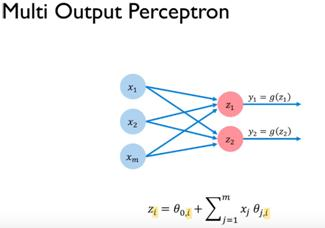In this chapter, we will encounter more in-depth details of neural networks. We will start from building a perceptron. Moving on, we will learn about activation functions. And we will also be training our first perceptron.
In this chapter, we will cover the following topics:
- From the biological to the artificial neuron – the perceptron
- Building a perceptron
- Learning through errors
- Training a perceptron
- Backpropagation
- Scaling the perceptron
- A single layered network












































































